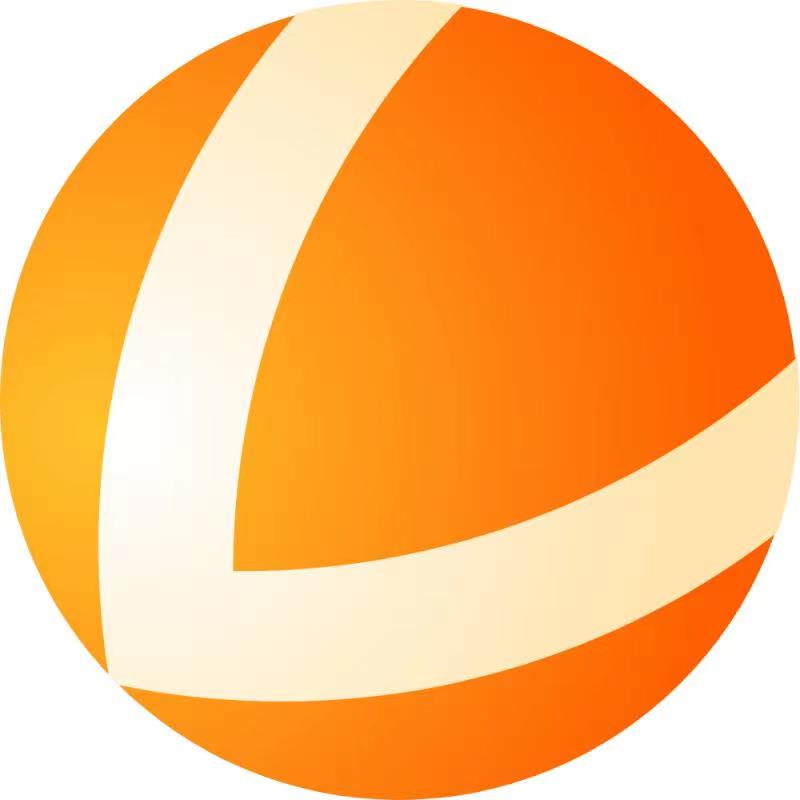What are the four fixed focus lenses/35, 50, 85 and 135mm suitable for shooting?
Well, this question can be answered. I have all four lenses, and I'm also using them. The most commonly used one is 35mm. Let's briefly talk about what themes are suitable for the four lenses in general.
In order to say the theme suitable for the lens, we must understand the perspective of the lens and the suggested subject range. Next, we will popularize this knowledge point, and then give examples of how to use four lenses.
Original picture and text, no handling.
Relationship between focus and perspective
What is suitable for 35mm fixed focus?
What is suitable for 50mm fixed focus?
What is suitable for 85mm fixed focus?
What is suitable for 135mm fixed focus?
The relationship between focal length and perspective, as well as perspective effect
「1」 Camera angle
The angle formed between the center point of the lens and the two ends of the diagonal of the imaging plane is called the lens angle of view. Under the same imaging area, the shorter the focal length of the lens, the larger the angle of view; On the contrary, the longer the focal length of the lens, the smaller the angle of view. Generally speaking, the lens perspective refers to the imaging range that can be obtained by the lens when shooting. Therefore, a wider range of images can be captured by using a larger perspective under a short focal length, while a narrower range of images can be captured by using a smaller perspective under a long focal length, as shown in the following figure:
「2」 Perspective effect
So what's the use of perspective knowledge? This affects the perspective effect of imaging. Perspective is a popular expression of the principle of "near large, far small" in photographic works. Lens with different focal lengths will obtain different perspective effects, and works with short focal lengths will have obvious near large, far small effects; The near large and far small effect of the telephoto lens is not obvious, and the front and rear distances produce a sense of space compression.
Please note that this refers to the perspective effect of the image. In fact, perspective is not directly related to the focal length, but only to the shooting distance. The perspective is close, strong, far, and not strong; However, the focal length is indirectly related to perspective. If you use a wide angle to shoot the subject in the same size in the picture, the perspective effect is strong because it is close. If you use a telephoto lens to shoot the subject in the same size in the picture, the perspective effect is not obvious because it is far away. It's a bit confusing, but only if you understand the basic principle of "near large, far small". In general, the wide-angle lens can make the picture have a strong depth of depth, while the telephoto lens will make the picture more flat.
For example, understanding the perspective effect is very important for taking portraits. Specifically, for 35, 50, 85, and 135 lenses, if you take pictures of the same size of the subject, due to the length of the focal length, the distance from the subject increases from near to far with the increase of the focal length, what will be the effect, as follows:
35mm shooting distance is very close, with strong perspective effect;
50mm shooting distance is moderate, and the perspective is not so strong, which is suitable for taking portraits;
85mm is the best shooting distance, with good visualization effect, suitable for portrait shooting;
The 135mm shooting distance is far, and the illusion effect is good, but the human face will be compressed to be smaller, flat, and not three-dimensional. Asian facial features are not three-dimensional, so it is more suitable for European and American people.
From the above, we can see that when shooting a portrait with a wide-angle lens, the perspective effect is too strong, and the subject will have a big nose when it is too close to the subject; While using a telephoto lens to shoot a portrait will make the face appear flat, of course, it will also appear small. From the perspective of depth of field and perspective, 50mm and 85mm are the best focal lengths for shooting a portrait.
「3」 Suggested themes for each focal segment lens
Next, let's take a look at the general applicable photographic themes of the lenses in each focal section in the customary sense. We use the following table to illustrate, especially to remind that the above table is only a general reference range, not a static one. In actual photography activities, we can express the themes according to the on-site environment and needs, Flexible combination of lenses with different focal lengths.
Based on the above analysis, we will take a look at what subjects are suitable for shooting these lenses in general.
What is suitable for 35mm fixed focus?
The 35mm focal section belongs to the small wide-angle range. As we said earlier, if it is used for portrait close-up, there will be a "big nose" due to the close distance, and the edge imaging will also have wide-angle distortion. Generally, 35mm is mainly used for: small wide-angle scenery, human documentary, street photography, and environmental portrait. Because we know. The focal length of the lens is the most important factor to determine the range of depth of field. Because of the short focal length, the 35mm focal length lens is deep, the background is not easy to be blurred, and it can accommodate a wide range of pictures. It is more suitable for photographers to explain more of the surrounding environment in the picture. The sense of atmosphere is stronger, and more popular is to "tell stories". Therefore, the 35mm fixed focus lens is also recognized as a "humanistic mirror".
For example: the following picture is from Leica Ambassador and British photographer Alan Schaller.
"The photographer made full use of the distortion effect at the 35mm wide angle end |" Alan Schaller "
"When taking a 35mm close shot, the nose is very big |" Alan Schaller "
"35mm small wide angle, wide viewing angle, good for explaining the environment and highlighting the atmosphere |" Alan Schaller "
What is suitable for 50mm fixed focus?
In engineering optics, the definition of standard lens is "the lens whose focal length is equal to the diagonal length of the negative". For the 135 system, the diagonal length of the film is about 43mm, and 50mm is quite close to this, so it is also called standard lens. When it is used in the full frame system, the perspective effect is the closest to the perspective effect of the human eye. In general, it is "what you see is what you get". The distortion is small, and it can better restore the scene. Therefore, this lens has a very wide range of uses. Except that the scenery of large scenes cannot be shot, almost other subjects are competent.
The shared photos were taken with 50mm:
What is suitable for 85mm fixed focus?
The 85mm fixed focus lens has a good ability to blur the background. It is very beautiful outside the focus. The "portrait mirror king" can keep a proper distance from the subject when using the 85mm lens. The face of the subject character is smaller and more natural. The bust portrait and the full body portrait are both suitable. Of course, it doesn't mean that you can't shoot other subjects. Environmental portraits and small section scenery can be used. It depends on the environment and timing when you shoot.
The following photos were also taken with 85mm:
What is suitable for 135mm fixed focus?
The 135mm lens has a long focal length, needs to be far away from the subject, and has a strong sense of space compression. It is also known as the "small air cutter", which is particularly suitable for taking close ups of people in group activities;
As mentioned earlier, because of its strong compression, it is more suitable for European and American portraits with strong outlines, but I often use it for portraits, mainly environmental portraits, small section scenery, still life close-up, etc.
The following photos were taken with 135mm:
The above is only the recommended theme for 35, 50, 85 and 135 focus segments. In the actual shooting process, it is recommended to analyze the specific situation and select the appropriate focus segment.
For reference only.
There are no stupid questions, only boring answers.
I am "knowing the wrong". I hope my answer is interesting and rigorous enough.
If you have different opinions, please leave a comment to discuss!
Thank you for watching!





